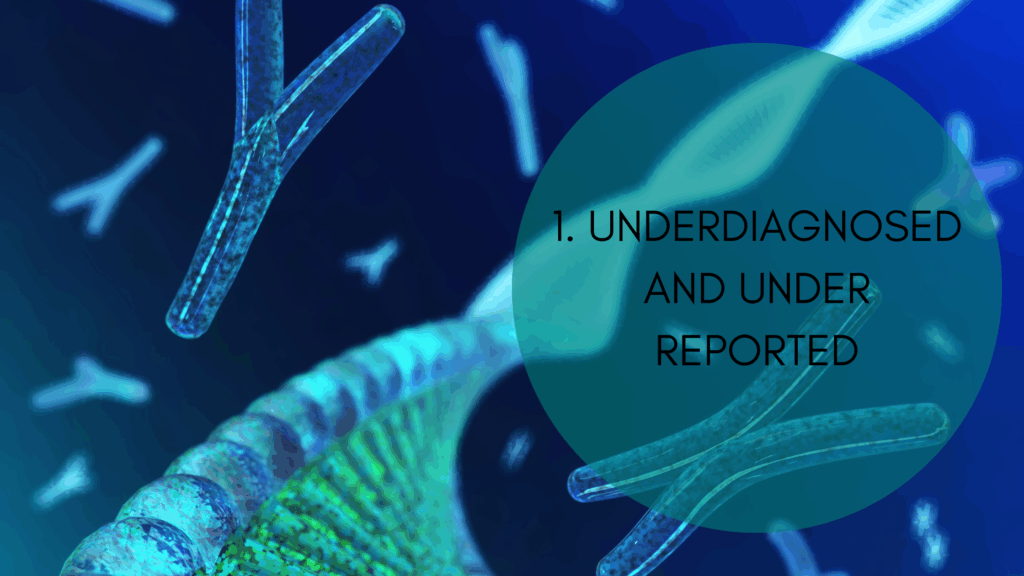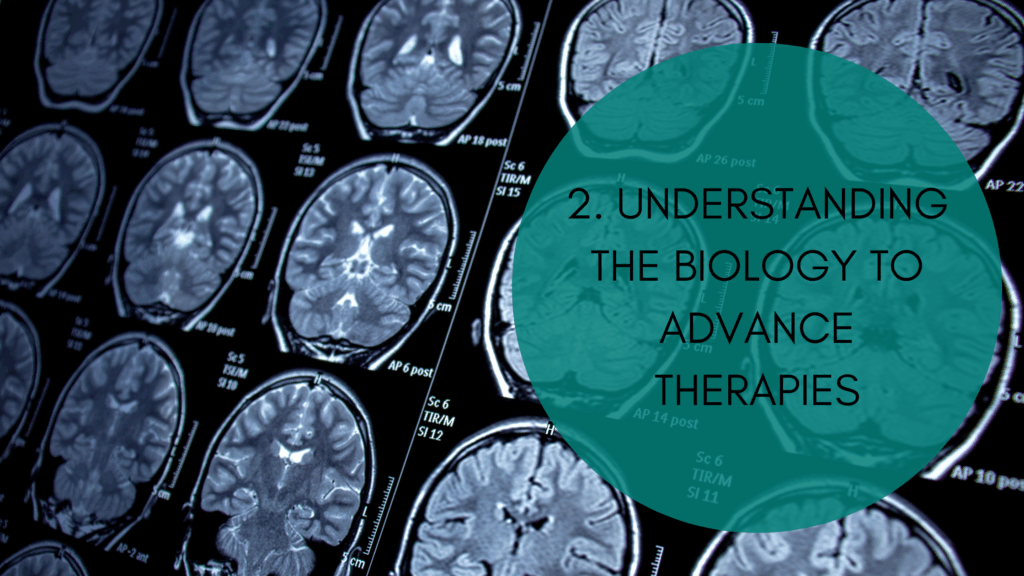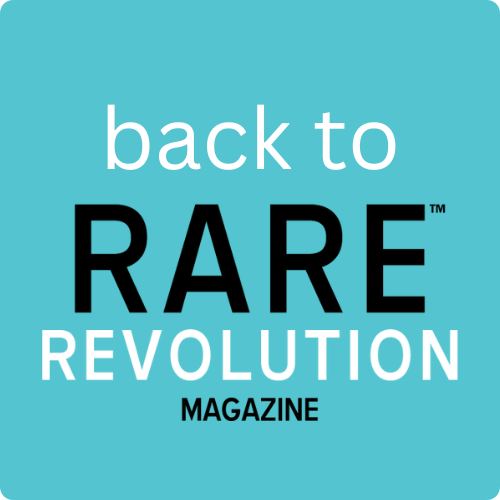Putting you in the heart of the rare community – Ring20 Research and Support UK CIO
Estimated reading time: 6 minutes
Patient advocacy groups deliver their top three unmet needs and main asks of industry to best serve their rare community. This week’s insights come from Allison Watson, CEO, Ring20 Research and Support UK CIO


The mission of Ring20 Research and Support UK CIO is to provide support for individuals, families and healthcare professionals who are affected by, or who come into contact with Ring Chromosome 20 Syndrome or r(20)—a rare epilepsy syndrome—and to continuously foster interest and promote opportunities for research to improve understanding and outcomes for all those impacted.
Our key objectives are: providing support and information to r(20) patients and their families across the world; providing or assisting in the provision of information to the public about r(20); supporting medical professionals in their understanding of r(20)— its diagnosis, prognosis and treatment; supporting research into r(20)—its causes and the means to improve the outcomes for those suffering with r(20), and promoting the dissemination of the useful results of such research.
Ring Chromosome 20 syndrome (r(20)) is an ultra-rare form of epilepsy with seizures remaining refractory to treatment. As a developmental epileptic encephalopathy (DEE) it is associated with cognitive impairment/decline and behavioural disorder.
What are your top three unmet needs or main asks of industry to best serve your rare ecosystem?

Underdiagnosed and under reported, through our global membership of families we have shown r(20) to be in active diagnostic decline over the last 10-15 years as a direct consequence of advancement in next generation sequencing (NGS). Ring chromosomes and other structural variants still require what is considered ‘old-fashioned’ karyotyping to identify the ring formation; arrayCGH, exome or whole genome sequencing cannot be used to achieve a diagnosis. In this new era of scientific discovery where increased rates of rare disease diagnoses are possible and with the UK Rare Disease Framework focused on genomics, it is important to remember that some of the existing techniques still retain utility—and may be more cost-effective and timelier.
As a nano-rare disorder, r(20) syndrome has only 200 cases reported in the medical literature worldwide and yet, ring chromosomes occur in 1 in 30,000 to 60,000 live births with chromosome 20 being one of the more common rings—so why are so few cases identified? At Ring20 we represent and support >60% of that patient population. We need to work together to reverse this trend for r(20) and other ring chromosomes, structural variants and large copy number variants (CNVs) which are being overlooked, vs single gene disorders, due to their more complex biology. In the true spirit of rare disease, we leave no one behind.

R(20) syndrome may be given as a diagnosis, but the ring chromosome is merely a symptom of the ring formation and not the cause of the seizures and other problems that manifest. We need to look more closely for the genomic change(s) that cause the structural change in the chromosome and the impact that has on gene expression to truly understand the complex biology to advance therapeutic discovery. With almost 1,000 pathogenic genes identified for causes of epilepsy (outside of other causes for epilepsy including chromosomal disorders)—where are the common denominators and underlying mechanisms of action that cause the seizures and other problems? There certainly aren’t 1,000+ different types of seizure.
A precursor to advancing basic science is the availability of biological samples. This requires biorepositories to recruit patients and store appropriate samples for active research. In the UK the NIHR BioResource last year closed its doors to new recruitment into rare disease cohorts—which included a new cohort that had just been approved for ring chromosomes. More general epilepsy research either focuses on comorbidities that include the 2/3rds of individuals living with ‘controlled’ seizures or typically a few of the more common rare genetic epilepsies. If we look beyond monogenic epilepsies and include more biologically complex seizure disorders, we may be able to understand and more effectively treat the MANY and not the FEW.

In the absence of increased diagnostic rates and effective treatments, clinical research to better understand and elucidate the impact of r(20) syndrome on individuals and their daily lives is crucial. Clinical research depends on patient communities being identifiable to actively participate in research and this often relies on the presence of patient registries. Registries are a fundamental building block for rare disease patient cohorts and understanding of the condition and yet, their curation and maintenance is typically the domain of Patient Advocacy Groups (PAGs).
But rare diseases, by definition, are rare in number and representation and the majority of rare disease PAGs do not have the resources (time, money and people) to setup and manage these vital tools. Ring20 is no different to the majority of rare disease PAGs. Private companies abound with offerings for PAGs, but at costs that are unsustainable for communities with limited funding and support. The patient community insists that every rare disease needs unique data collection—and yet, if we conform to this mantra, we will never change the landscape of rare disease research in our lifetimes. We call for more support in creating platforms and opportunities for collaborative research data collection in rare disease that is cost and resource effective, that benefits the patient community, researchers and academics alike—increasing our wider understanding with a vision to improve outcomes for individuals living with these difficult disorders.
Connect with Allison
in the thick of it puts you in the heart of the RARE communities you serve.
To connect with more RARE communities click below.

